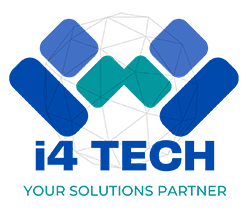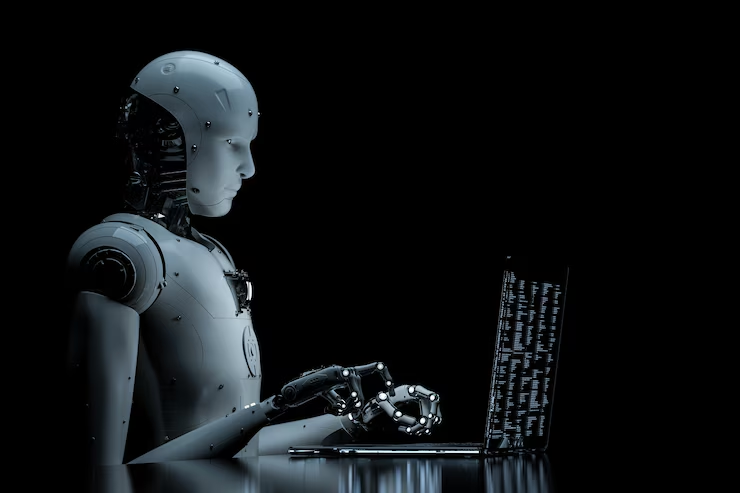The End of AI Hype? Why 2025 Might Be the Year of Quiet Innovation
In 2023 and 2024, AI dominated headlines. From generative tools that could paint, code, and converse, to endless startup pitches and investor dashboards ablaze with “AI-powered” everything, the buzz was inescapable. But here in 2025, the tone has shifted. The noise has softened. The energy feels… different.
We may be entering the year of quiet innovation — a phase where the real work begins, the dust settles, and the technology either embeds itself meaningfully or fades into the background.
The Plateau of Public Enthusiasm
When ChatGPT hit the mainstream, followed by dozens of competitors, the initial shockwave was cultural. Students, marketers, lawyers, and creators were swept into a frenzy of experimentation. Companies rushed to ship integrations, and venture capitalists poured billions into anything labeled “AI.”
But saturation brings fatigue. After two years of breathless media cycles, exaggerated claims, and a gold rush of gimmicky tools, public interest is cooling. It’s not disillusionment, exactly — it’s recalibration.
Just as we saw with VR, crypto, and even the early web, there comes a moment where the hype curve descends. That moment appears to be now.
What “Quiet Innovation” Looks Like
Quiet innovation doesn’t mean AI is dead. Far from it. It means the focus shifts from spectacle to substance.
- Enterprise integration over consumer novelty. Companies are now focused on embedding AI in meaningful ways: customer service automation, supply chain forecasting, fraud detection. These aren’t flashy demos — they’re operational shifts.
- Less prompt wizardry, more workflow engineering. Teams are realizing that raw models are only useful when surrounded by thoughtful product design, clear UX, and guardrails. That’s harder work — and less glamorous — but far more valuable.
- Fewer moonshots, more reliability. The move is from “look what it can do!” to “does it do it well enough, consistently, and ethically?” Quiet innovation is about trust, not just performance.
- Foundational upgrades. We’re seeing breakthroughs in model efficiency, multi-modal alignment, and edge deployment — less visible to end-users, but crucial for the next phase.
The AI Moment Is Becoming Infrastructure
Much like electricity or the internet, AI is slowly being absorbed into the stack. It’s becoming an invisible layer that powers features, not necessarily the feature itself. The shift from front-stage novelty to back-stage necessity is how you know a technology is maturing.
That’s why 2025 may feel quieter: AI is not retreating; it’s embedding.
A Time to Build, Not Broadcast
This isn’t bad news — it’s necessary. The most transformative shifts in technology often happen when the cameras turn off and builders go to work. Quiet innovation is what happens when the prototypes go into production, the business cases get real, and the marketing slides give way to product specs.
2025 might not be the year of splashy headlines, but it could be the most important year yet for AI’s long-term trajectory.
Because in tech, the quiet years are often the ones that matter most.


